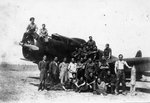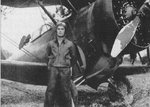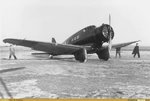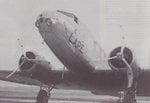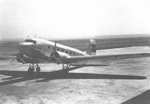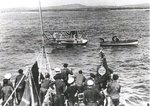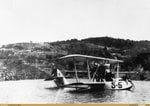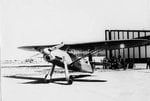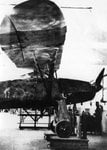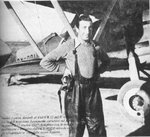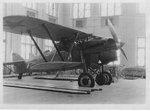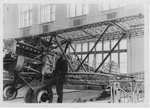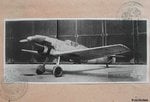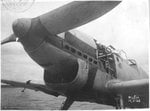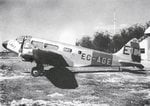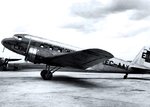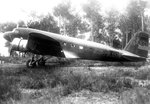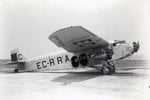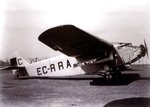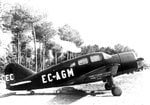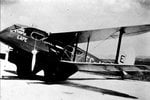- Thread starter
- #61
One Model 281 was sold to Spain in 1935 for evaluation as a possible successor to the Nieuport-Delage NiD-52 fighter that was then the backbone of the Spanish air service. Delivered to Barajas, in Madrid, without armament on March 10, 1935, the Boeing fighter was test-flown by Boeing and Spanish military pilots. Boeing's asking price of 500,000 pesetas per plane ultimately resulted in the Spanish government's decision to reject the 281 and instead obtain a license from the British Hawker Aircraft Company for Hispano Suiza to produce 50 Hawker Spanish Fury biplane fighters.
The Boeing 281 was still at Barajas when the Spanish Civil War broke out on July 18, 1936, and was hastily armed with two .303 Vickers machine guns under the wings for front-line service with the Republican forces. Operating from Getafe airfield, it saw considerable action against the fascist rebels, on one occasion flying in formation with a Spanish Fury, four Dewoitine D.372s, two Loire 46s and two Nieuport-Delage NiD-52s. Republican air strength at Getafe was down to one Fury, one Dewoitine and the Boeing 281 by mid-October 1936. Then, on October 21, Ramón Puparelli, one of the Boeing fighter's original test pilots, took it up to defend the airfield against three enemy Fiat CR.32s, only to be shot down. Puparelli managed to bail out. Some time later, the Spanish Republican government, which had never actually bought the prototype, finally paid $20,000 to Boeing representative Wilbur Johnson, through its embassy in Paris, for the 281's use in combat.
The Boeing 281 was still at Barajas when the Spanish Civil War broke out on July 18, 1936, and was hastily armed with two .303 Vickers machine guns under the wings for front-line service with the Republican forces. Operating from Getafe airfield, it saw considerable action against the fascist rebels, on one occasion flying in formation with a Spanish Fury, four Dewoitine D.372s, two Loire 46s and two Nieuport-Delage NiD-52s. Republican air strength at Getafe was down to one Fury, one Dewoitine and the Boeing 281 by mid-October 1936. Then, on October 21, Ramón Puparelli, one of the Boeing fighter's original test pilots, took it up to defend the airfield against three enemy Fiat CR.32s, only to be shot down. Puparelli managed to bail out. Some time later, the Spanish Republican government, which had never actually bought the prototype, finally paid $20,000 to Boeing representative Wilbur Johnson, through its embassy in Paris, for the 281's use in combat.





